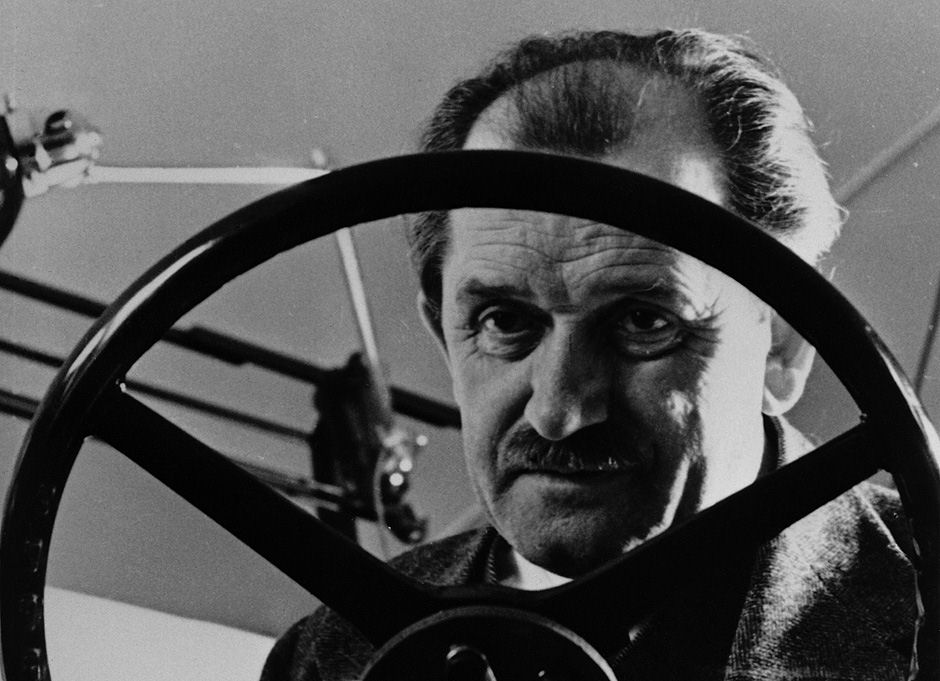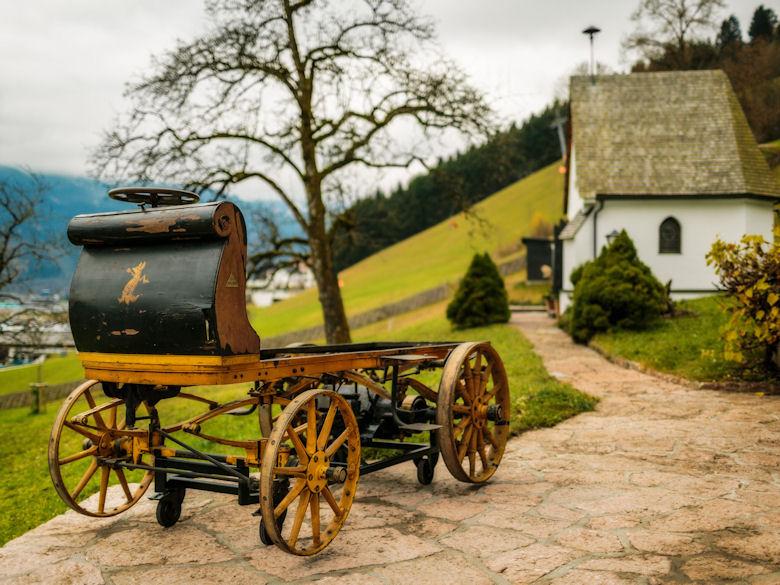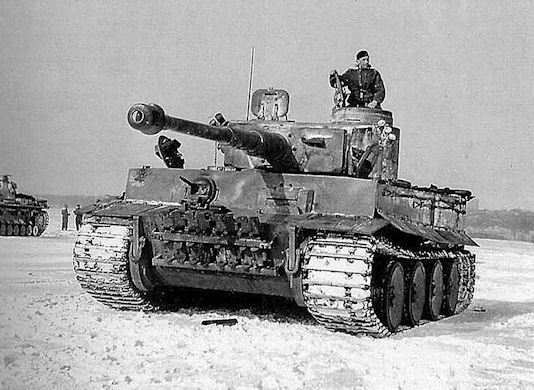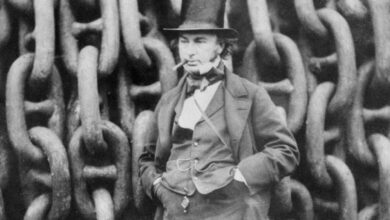
“I couldn’t find the sports car of my dreams, so I built it myself” – Ferdinand Porsche
Podcast: Play in new window | Download
Subscribe: Spotify | Amazon Music | Youtube Music | RSS
Ferdinand Porsche Biography
Roads all over the world would look very different if not for an engineer from Germany. Ferdinand Porsche was a visionary in his time, with an active hand in developing the Mercedes compressor car, the first designs of the Volkswagen, and of course, the luxury sports car that bears his name.
Born on September 3rd, 1875 in Maffersdorf, Austria, Ferdinand showed an early interest in and natural talent with technology. So drawn was Porsche to technology and mechanics that he chose to become a mechanical apprentice instead of attending university as was expected of the young man.
Intrigued by electricity from a young age, in 1893 Porsche secured a job at Bela Egger & Co., an electrical company in Vienna.
Close to that same time, he enrolled as a part-time student at the Imperial Technical University in Reichenberg which was later renamed the Vienna University of Technology. There, he compounded the knowledge and experience that would aid him throughout his career.
More than pleased with Porsche’s abilities, his supervisors quickly promoted him to a management position within the company.
Despite his impressive work history thus far, Porsche wasn’t content to rest on his laurels. He was hungry for new accomplishments, and 1897 proved to be a banner year for the 22-year-old Porsche.
Ferdinand busied himself with creating an electric wheel-hub motor, the concept for which was developed by American inventor Wellington Adams more than a decade before and Porsche raced his wheel-hub motor in Vienna. He also started work in the newly minted Electric Car Department at Hofwagenfabrik Jacob Lohner & Co., a Vienna-based company started by the Austro-Hungarian joint Imperial and Royal Armies.
The Egger-Lohner electric vehicle C.2 Phaeton (P1)
In 1898, three decades before he would found his own automotive company, Ferdinand Porsche designed his first car, and it was electric. The car in question was the Egger-Lohner electric vehicle C.2 Phaeton, also known as the P1. This vehicle was seen for the first time in public in January 2014 after it had been unearthed in an Austrian garage where it had remained all but untouched since 1902.
At the start of the twentieth century, Porsche attracted worldwide attention and fame when his wheel-hub engine was used to power the Lohner-Porsche Hofwagenfabrik Jacob Lohner & Co.’S new non-transmission vehicle in Paris. Displayed at the most prestigious car exhibition of the time, L’Exposition Universelle de Paris, Porsche won the chance to develop another prototype, a four-wheel-drive vehicle with an electric motor built into each wheel.
Porsche was immensely pleased by the wide-acclaim he received for his engine. Later that year, he tried his engine on the Semmering racing circuit, near Vienna, in a race in which he was victorious.
After nearly a decade at Lohner, in 1906, Ferdinand Porsche took the position of technical manager at the Austro-Daimler company.
Among his professional accomplishments at Daimler, Porsche oversaw the construction of the Mercedes car compressor.
Porsche would stay at Austro-Daimler until 1923 when he moved to the Stuttgart-based Daimler-Motoren-Gesellschaft company, where he became both a technical manager and executive board member.
In addition to race cars, Porsche also designed a diesel-fueled truck and a popular automobile. Building from strength to strength, he opened his own engineering office in Stuttgart in 1930.
By 1931, Porsche had grown tired of Daimler and left to start his own firm, which he registered commercially as “Dr. Ing. H. C. F. Porsche GmbH, Konstruktionen und Beratung für Motoren und Fahrzeuge.”
Porsche, who had been a driver for Archduke Franz Ferdinand in 1902, crossed paths with another major historical figure in 1934. It was in this year that Porsche and his son ‘Ferry’ who was born in 1909 were directed by Adolf Hitler to oversee the “people’s car” project. Their conscription into that project made it possible for Ferdinand and Ferry to realize one of Porsche’s longtime dreams. That being, the creation of a compact, affordable car that could be purchased by the European mass market. Porsche and his son worked together on what would become the Volkswagen and, from then on, were business partners.
The Tiger Tank
By 1942, Ferdinand Porsche and his son Ferry Porsche were designing military vehicles for use in World War Two, including the German Tiger Tank, the most powerful tank in the world at that point in time.
Shortly after the conclusion of the war, in late 1945, Porsche was arrested by French soldiers and made to serve a 22-month prison sentence.
The Porsche Cisitalia
While his father served his sentence, Ferry Porsche oversaw the creation of a new racing car, the Cisitalia.
Ferdinand Porsche died in Stuttgart on January 30th, 1951 at the age of 75. Some six decades later, the Porsche museum opened its doors in Zuffenhausen, a suburb of Stuttgart.
For all of his achievements and contributions to the motor industry, Ferdinand Porsche received an honorary doctorate from the Imperial Technical University. He was also awarded the German National Prize for Art and Science.
Arguably the most prolific car designer of the first half of the 20th century, Porsche went on to even greater notoriety and success thanks to Ferdinand Porsche’s business partner and son as well as his grandchildren who have continued to further their patriarch’s vision into our present day and have established a brand which remains at the forefront of technology, design, and performance.
Podcast: Play in new window | Download
Subscribe: Spotify | Amazon Music | Youtube Music | RSS







